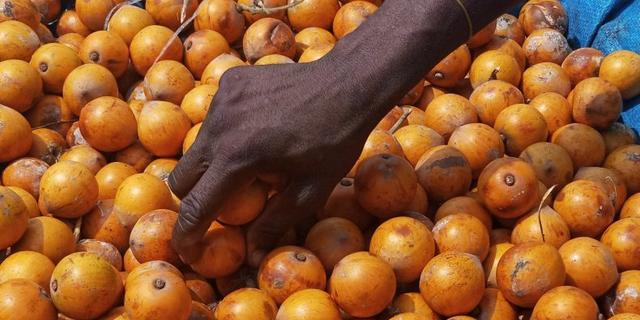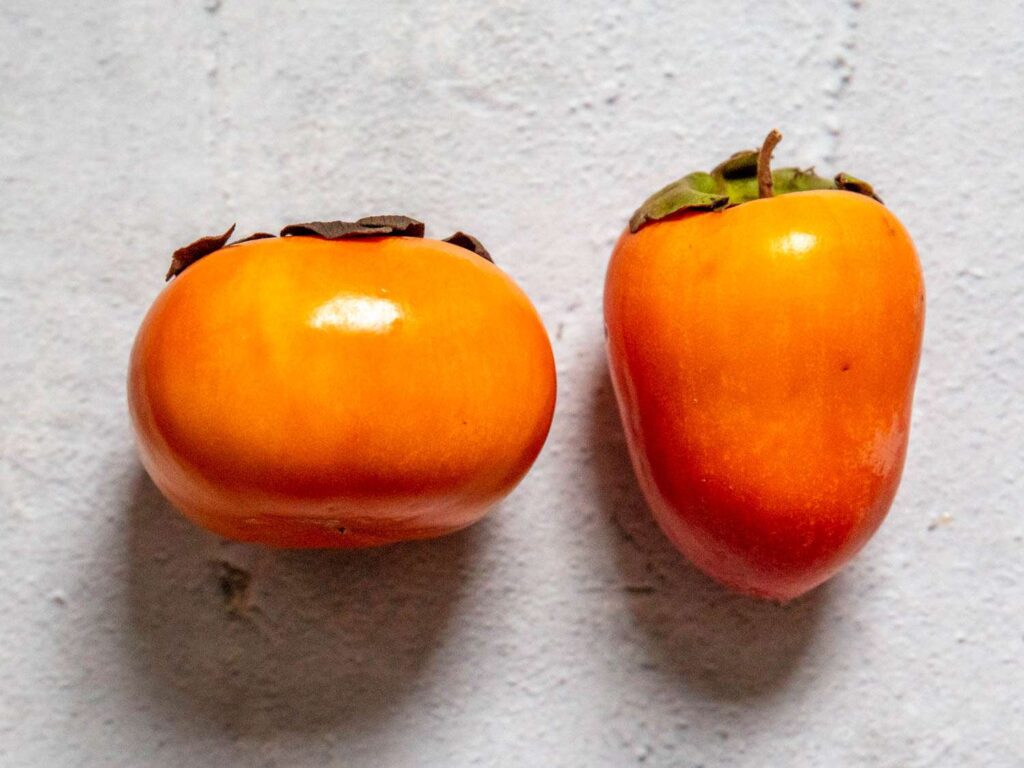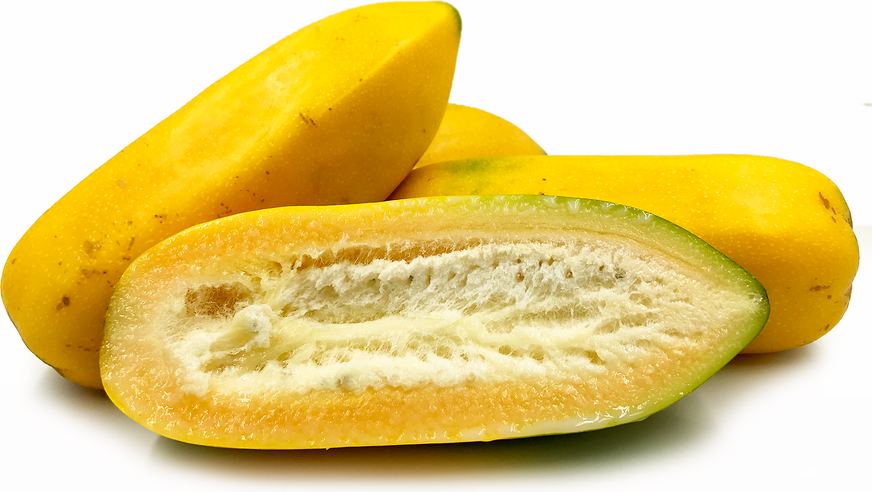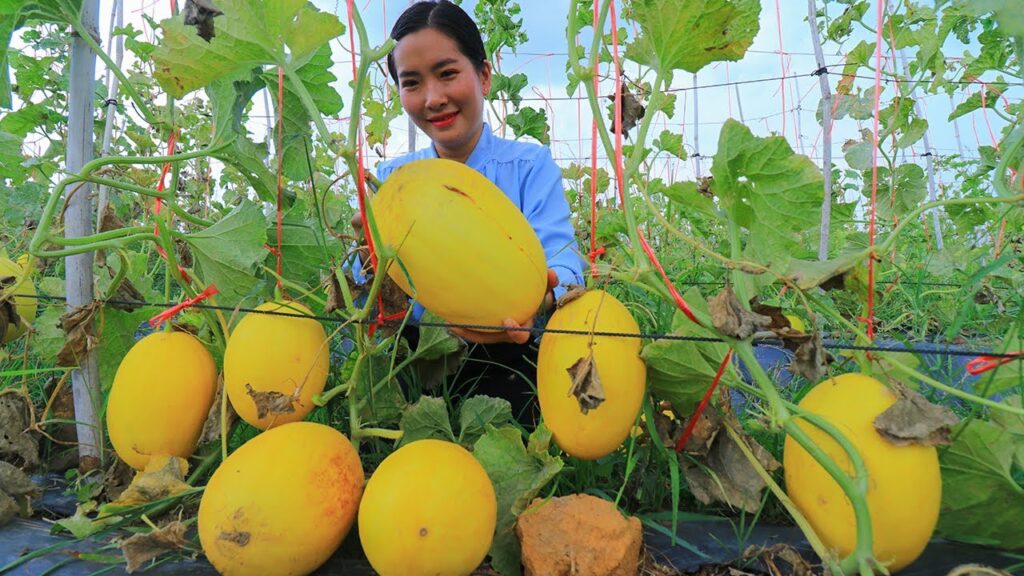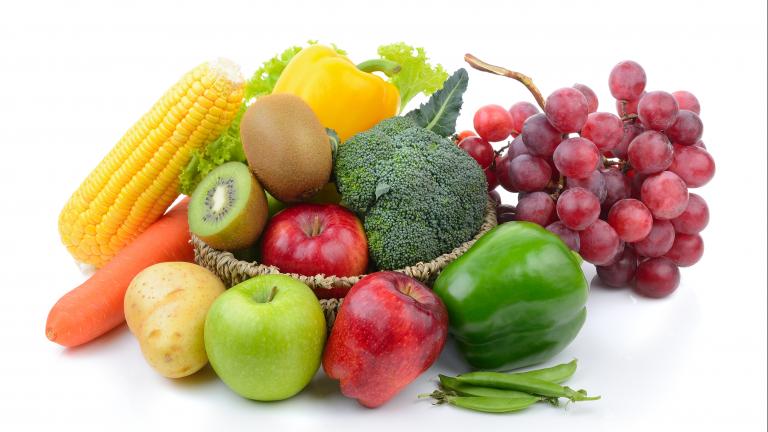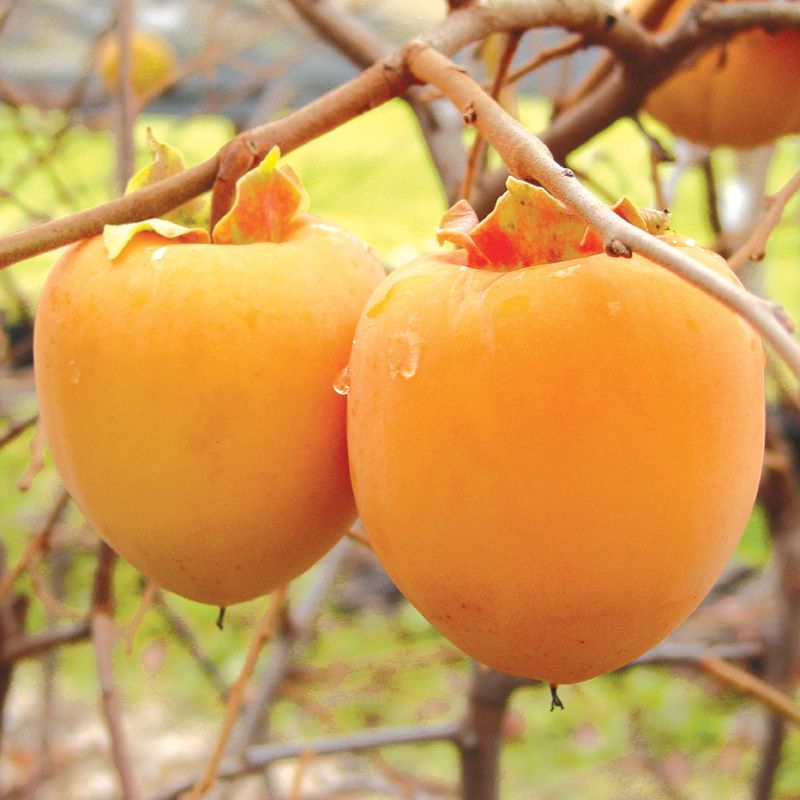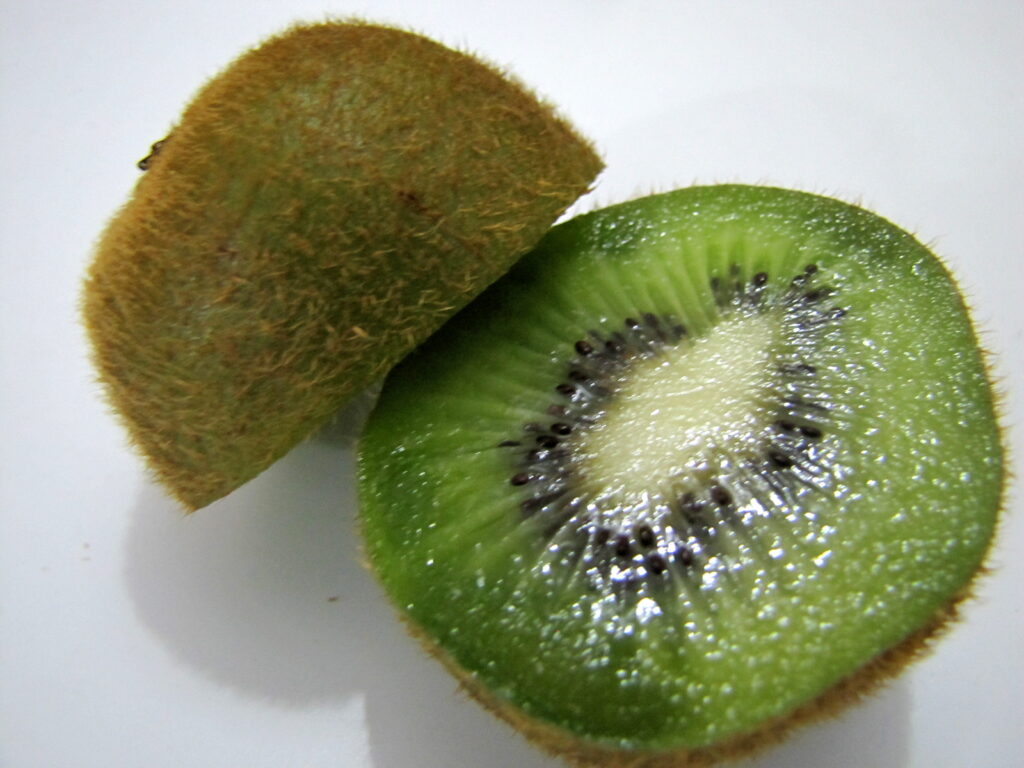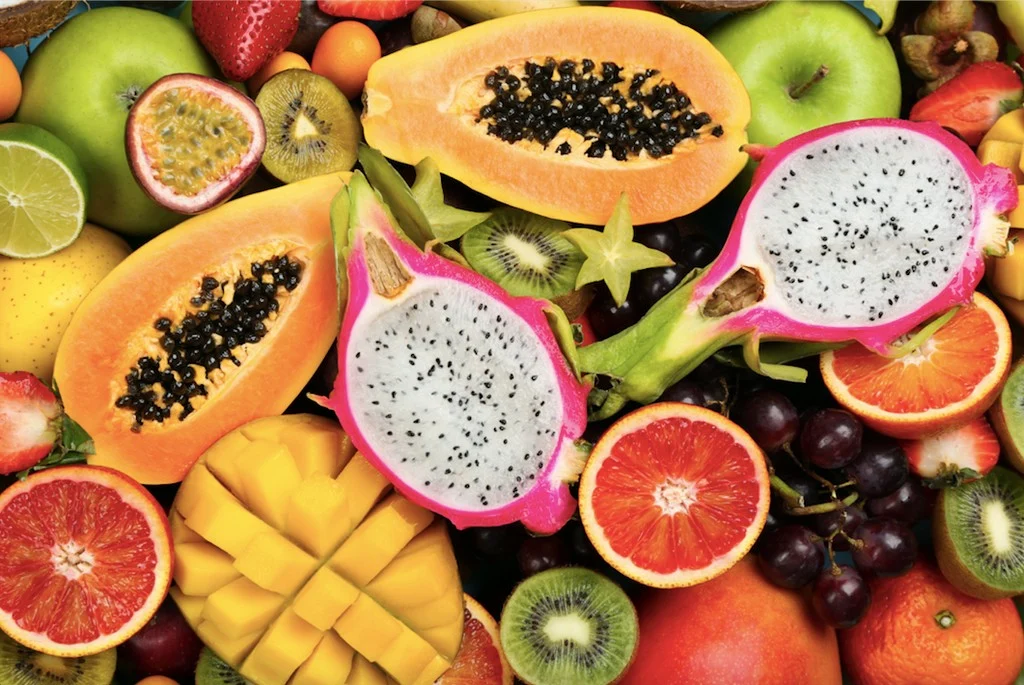New Zealand is famous for its beautiful landscapes, wildlife, and interesting culture. One special thing about New Zealand is its national fruit. Let’s find out more about this fruit’s history, what it looks like, why people like it, and what makes it so special for New Zealand.
Table of Contents
- The National Fruit of New Zealand Revealed!
- The Story Behind New Zealand’s Kiwifruit
- Why Choose Kiwifruit as New Zealand’s National Fruit?
- What Does Kiwifruit Look Like?
- Kiwifruit’s Good Stuff for Your Body
- Why Kiwifruit is Good for Your Health
- How New Zealand Grows Kiwifruit
- Kiwifruit Going Out to the World from New Zealand
- Kiwifruit in New Zealand’s Way of Life
- Festivals and Fun Times with Kiwifruit in New Zealand
- Delicious Kiwifruit Dishes from New Zealand
- Kiwifruit Around the World
- Conclusion
- FAQs
The National Fruit of New Zealand Revealed!
The national fruit of New Zealand is the kiwifruit. Kiwifruit has been grown in New Zealand for more than 100 years. It started when the first kiwifruit vines were planted in 1904. People in New Zealand liked it a lot and it was easy for farmers to grow.
In 1959, a special group was made to help more people learn about kiwifruit and sell it in New Zealand and to other countries. This group did a great job because kiwifruit is now one of the main things New Zealand sells to other countries.
The Story Behind New Zealand’s Kiwifruit
Kiwifruit originally came from China, where people had been growing it for a long time. A New Zealand schoolteacher named Isabel Fraser went to China and brought kiwifruit seeds back to New Zealand. These seeds were planted and the very first New Zealand kiwifruit vines grew in the Te Puke area.
At first, not many people in New Zealand were interested in kiwifruit. Most of it was sent to other countries like the United States and Europe. But then, New Zealand farmers made a new type of kiwifruit called the Hayward kiwifruit. It was sweeter, softer, and stayed fresh for longer. People all over the world loved this new kiwifruit!
In 1996, kiwifruit was chosen as the national fruit of New Zealand, and it has become a big part of what New Zealand is known for.
Why Choose Kiwifruit as New Zealand’s National Fruit?
Kiwifruit is very important for New Zealand’s farming and money. It helps many people find jobs and shows the world that New Zealand grows healthy and tasty food.
Kiwifruit also shows how New Zealand likes to come up with new ideas and work hard. There are fun festivals and tours about kiwifruit that people can enjoy.
Even though kiwifruit first came from China, it was in New Zealand that it was changed and improved to make the kiwifruit we have today.
What Does Kiwifruit Look Like?
Kiwifruit is small and egg-shaped with brown, fluffy skin outside and bright green, juicy fruit inside. It tastes both sweet and a little sour and feels smooth. Kiwifruit has lots of good things like vitamins and stuff that help people stay healthy.
Kiwifruit plants grow a lot of fruit – up to 1,000 for each plant every year! They get ripe in the fall and can be kept for a while without them going bad or losing their vitamins.
Kiwifruit’s Good Stuff for Your Body
Kiwifruit is really good for you because it has lots of nutrients. If you eat just one kiwifruit, you get:
- A whole lot of Vitamin C
- A good amount of Vitamin K
- Some Vitamin E
- A bit of Potassium
- A nice amount of Fiber (3 grams)
- And it only has about 61 calories!
Kiwifruit has other helpful stuff like calcium, iron, magnesium, and a little zinc.
Why Kiwifruit is Good for Your Health
Eating kiwifruit is great for your health. Here’s why:
- For a Happy Tummy: Kiwifruit has fiber that helps keep your stomach working well and prevents tummy trouble like getting stopped up or feeling bloated.
- To Keep Sugar Levels Okay: The fiber in kiwifruit also helps to control sugar in your body which is important for staying healthy.
- For a Strong Defense Against Germs: Kiwifruit has a lot of Vitamin C which helps protect you from getting sick by making your immune system stronger.
How New Zealand Grows Kiwifruit
New Zealand is one of the biggest kiwifruit growers in the world. There are more than 2,500 places that grow kiwifruit and they produce over 150 million trays of it every year. Most kiwifruit comes from a place called the Bay of Plenty, which has good weather and soil for growing kiwifruit.
Kiwifruit grows on frames that hold the plants up. Farmers make sure to cut the plants right so that they grow more fruit. When it’s time to pick the fruit in the fall, people do it by hand.
Kiwifruit Going Out to the World from New Zealand
New Zealand sends kiwifruit to more than 50 countries. The biggest places that buy it are Japan, China, and countries in Europe. In 2020, New Zealand sent out more than 160,000 tonnes of kiwifruit, which made more than 2 billion New Zealand dollars.
By selling kiwifruit to other countries, New Zealand makes money, provides jobs, and gets known for having great food.
Kiwifruit in New Zealand’s Way of Life
Kiwifruit is a big part of what makes New Zealand special. It shows off New Zealand’s farming skills, new ideas, and hard-working attitude.
The kiwifruit is a big deal in New Zealand, where they have events, festivals, and even travel plans that celebrate the fruit.
There are a lot of things made from kiwifruit in New Zealand, like beer, ice cream, and chocolate that taste like kiwifruit. The kiwifruit is also a famous symbol of the country. It shows up on things you can buy as keepsakes, picture postcards, and even on the money in New Zealand.
Festivals and Fun Times with Kiwifruit in New Zealand
In New Zealand, they throw quite a few kiwifruit festivals every year. Lots of people come from all over to join in the fun. Here are some of the well-known kiwifruit celebrations:
- Te Puke Kiwifruit Festival: The biggest party for kiwifruit in the country happens in Te Puke. They have a big parade, a fashion show all about kiwifruit, and even a contest to see who can eat the most kiwifruit.
- Bay of Plenty Kiwi Fruit Festival: In Tauranga, they have a festival to celebrate kiwifruit too. People can enjoy live music, tasty foods, and many activities related to kiwifruit.
- Auckland Lantern Festival: In Auckland, this event is all about the Chinese New Year. People come to see performances, try food, and look at beautiful lanterns. Kiwifruit is often used to make the festival look even prettier.
Delicious Kiwifruit Dishes from New Zealand
You can use kiwifruit in lots of different meals, whether they’re sweet like dessert or not sweet like dinner. Here are some tasty kiwifruit recipes from New Zealand:
- Kiwifruit Pavlova: This is a famous dessert in New Zealand. It has a crunchy outside and a soft inside, and it’s topped with whipped cream and slices of fresh kiwifruit.
- Kiwifruit Salsa: This salsa is a mix of kiwifruit, tomatoes, onions, and spicy peppers. It’s both juicy and a little bit spicy.
- Kiwifruit Chutney: This chutney has kiwifruit, ginger, garlic, and chili. It’s a mix of sweet and spicy flavors that’s really yummy.
- Kiwifruit Smoothie: This smoothie is cold, sweet, and good for you. It’s made with fresh kiwifruit, yogurt, and a bit of honey.
Kiwifruit Around the World
Chefs from different countries also enjoy using kiwifruit in their dishes. Here are some amazing kiwifruit recipes from around the globe:
- Kiwifruit Sushi: A unique kind of sushi roll. It has fresh kiwifruit along with rice, seaweed, and fish like regular sushi.
- Kiwifruit Salad: This is a fresh salad with kiwifruit slices, salad greens, and a dressing that tastes like citrus fruits.
- Kiwifruit Sorbet: This is a cold dessert that feels light and refreshing. It’s made from kiwifruit that’s been blended up, with some sugar and water.
- Kiwifruit Chicken Curry: This curry is full of flavor. It has chicken, kiwifruit, coconut milk, and spices mixed together.
Conclusion
The kiwifruit is not just a fruit in New Zealand; it has a lot of meaning. It shows the hard work of the country’s farmers, their clever ideas, and how they can make a business grow. Kiwifruit tastes good and has lots of good stuff in it that can help you stay healthy. That’s why people from New Zealand and other countries like it so much.
FAQs
What’s the story of kiwifruit in New Zealand?
Kiwifruit plants first started growing in New Zealand in 1904. Farmers and people who like to eat fruit quickly became fans. A group called the New Zealand Kiwifruit Marketing Board started in 1959 to help sell kiwifruit in New Zealand and to other countries.
Can you name some kiwifruit dishes from New Zealand?
Yes! Some tasty dishes with kiwifruit from New Zealand include the dessert kiwifruit pavlova, kiwifruit salsa, kiwifruit chutney, and a kiwifruit smoothie.
What makes kiwifruit healthy?
Kiwifruit is full of vitamin C, fiber, and things that help your body fight off sickness. It can help your tummy feel good, make your immune system stronger, and keep your heart healthy.
How do they grow kiwifruit in New Zealand?
Kiwifruit grows on special frames that let the plants climb up and make more fruit. People pick the fruit by hand and choose the best ones carefully to make sure they’re really good quality.
What’s the difference between green and gold kiwifruit?
The green kiwifruit has a sour-sweet taste and a fuzzy skin. The gold one has no hairs on the skin and tastes sweeter, like tropical fruit. Both kinds are full of nutrients and are good for your health.
